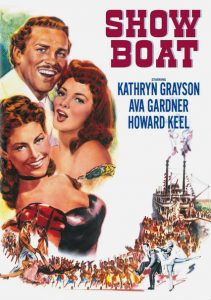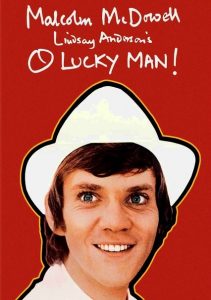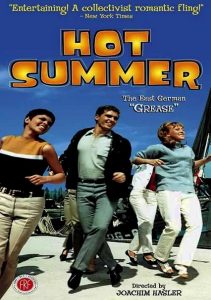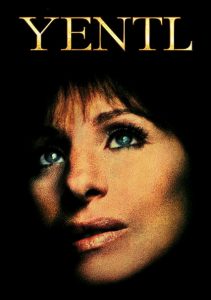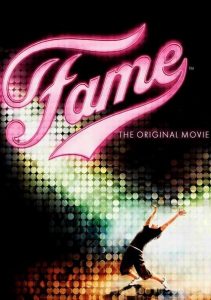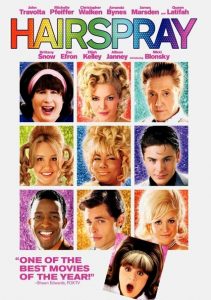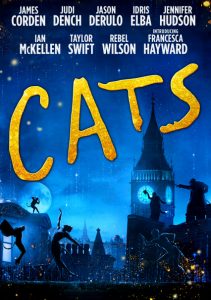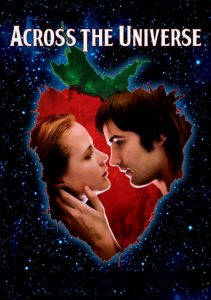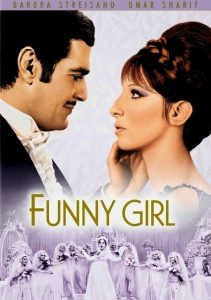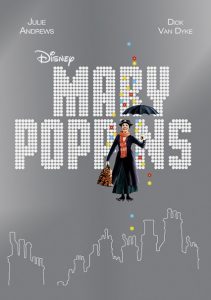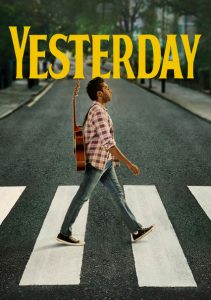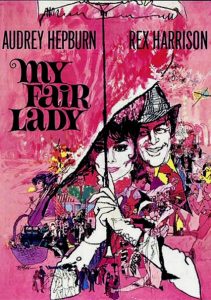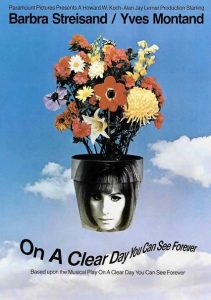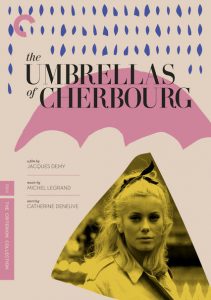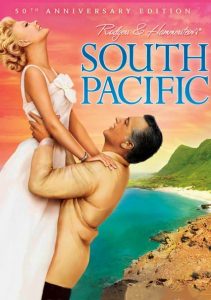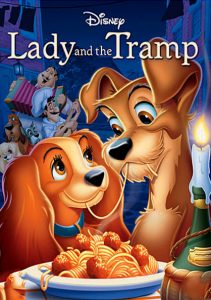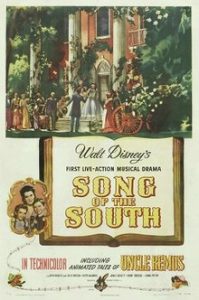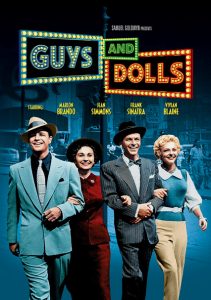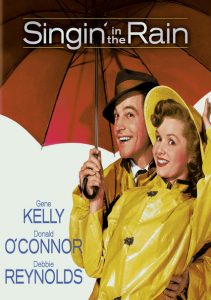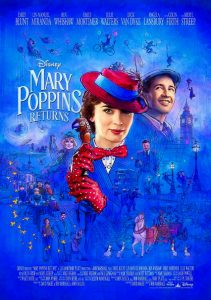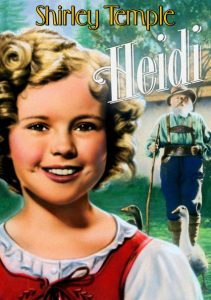Show Boat-1951
Director George Sidney
Starring Ava Gardner, Howard Keel, Kathryn Grayson
Scott’s Review #1,177
Reviewed September 14, 2021
Grade: A-
Show Boat (1951) is a liberal-slanted musical centering around racism. It mixes comedy and drama well while remembering it is meant to entertain audiences. But it never loses sight of the important message it’s portraying.
Ava Gardner, who stars, never looked more beautiful.
The picture is based on the 1927 stage musical of the same name by Jerome Kern and Oscar Hammerstein II, and the 1926 novel by Edna Ferber.
The vibrant colors, sentimental songs, and Southern flair make it a winner.
Kern and Hammerstein provide the score for this adaptation of their Broadway hit, which adds authenticity.
My favorite song is the devastatingly poignant and haunting “Old Man River,” reprised at the end of Show Boat.
Julie LaVerne (Gardner) and Steve Baker (Sterling) are successful married entertainers forced to leave the showboat Cotton Blossom when it becomes known that Julie is of mixed race.
Meanwhile, the captain’s daughter, Magnolia (Kathryn Grayson), and gambler Gaylord Ravenal (Howard Keel) take over the act, fall in love, marry, and leave the boat for Chicago. There, they live off his gambling earnings, which dry up fast.
The film’s ending is not happy.
I love the film’s tone. It is a very big-budget production, and it shows. Each number is belted out with gusto, at the risk of feeling too uptight or stagey, but regardless, I fell for it hook, line, and sinker.
The grandness of the numbers was what got me, and never more than with Julie’s significant number, “Bill,” a very emotional song.
Her other famous number, “Can’t Help Lovin’ Dat Man,” isn’t so bad either.
In a perfect world, they would have cast a black actress for authenticity’s sake—someone like Dorothy Dandridge comes to mind. As wonderful as Gardner is, this point gnawed at me throughout. The actress is Caucasian, though it could be the belief that she is of mixed race.
Nonetheless, Gardner also doesn’t sing her songs. Instead, they are sung by Annette Warren. I’m betting this is why she didn’t receive an Oscar nomination.
But Show Boat isn’t all about Gardner. Showcasing a spectacular cast of black and white actors, leads like Grayson and Keel are fabulous. I cared about their characters’ trials and tribulations and wondered how much Grayson resembled the legendary Judy Garland.
Supporting players like William Warfield, such as Joe, must be mentioned. His rendition of “Old Man River” moved me. A bass-baritone singer and actor, he makes the number, quite simply, and it’s by far the best moment, musically and pictorially, in the film.
I could watch this scene on replay.
And Agnes Moorehead as Parthy Hawks, or the resident bitch provides delicious comedy, intended or unintended.
Some criticize the 1936 film version as superior and providing a grittier feel; I know that. Although I’ve never seen it, the 1951 version has that Technicolor grandness.
Maybe I’ll check it out for a one-day comparison.
For a slice of southern-flavored showboatin’, check out Show Boat (1951). With a summery flavor, dancing, and superior photography, it is a good old time.
Oscar Nominations: Best Cinematography, Color, Best Music, Scoring of a Musical Picture
